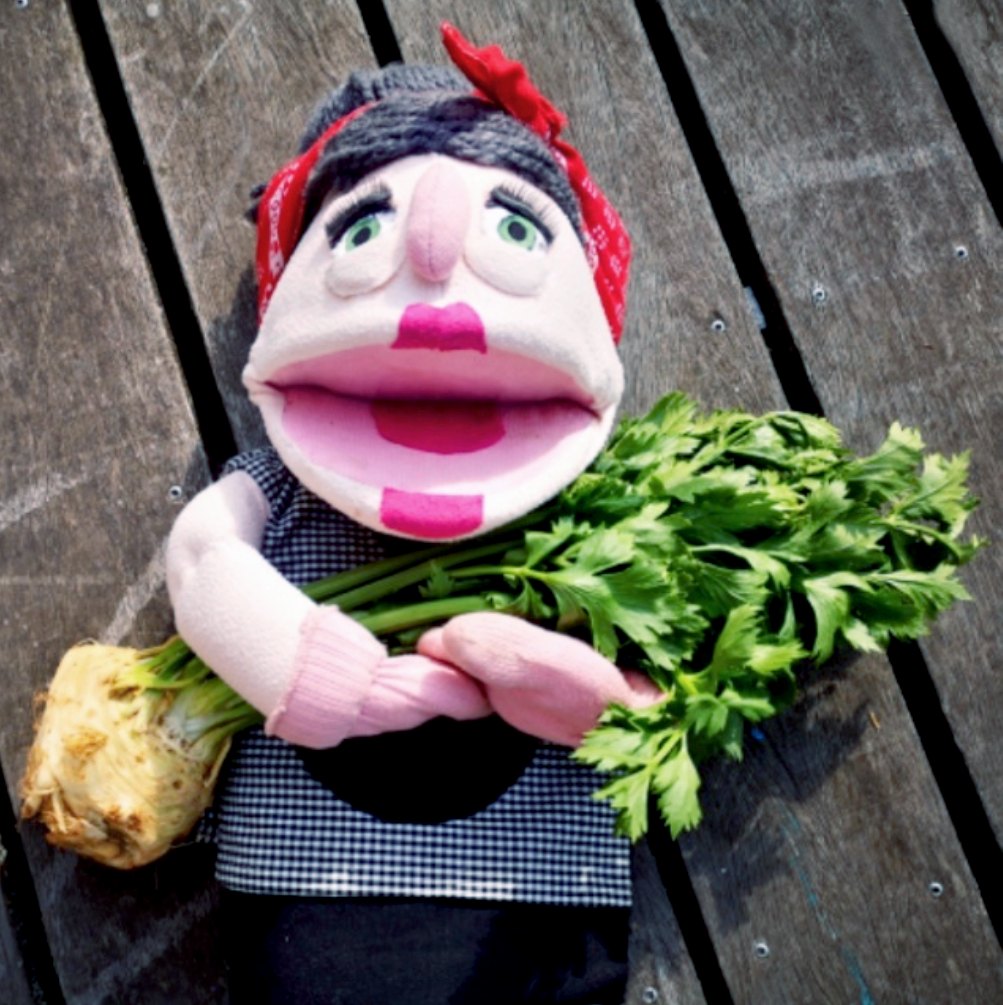Celeriac // vegetable

🌱🥬🤔 Did you know that the celeriac, also known as celery root, is much nuttier and earthier than the celery stalks? It also has a much lower water content ratio which gives it a dense, potato-like texture and consistency, making it perfect for purees, soups, mashing, and roasting.
🧟♂️ This root veggie may not be the most appealing vegetable it looks alone like a ‘zombie’s brain’. However, sometimes the ugliest of vegetables can pack big flavor and nutrition!
💪 In fact, it is packed with fiber and nutrients, packing in nearly three grams of fiber per cup. It is a great source of vitamins B6, K, and C. It also contains important minerals, such as phosphorus, potassium, and magnesium.
👩🍳 Celeriac can be eaten in its raw state or cooked. It has a mild celery flavor and when raw, it has an earthy flavor like turnips or radishes and a subtle undertone of sweetness when cooked. Its versatility makes it a wonder in the fall and winter. Time to try Grandma Sita’s delicious plant-based soup recipe here 👉celeriac-soup-and-fennel-salad
👵💚 Grandma Sita’s tips:
*There is no problem leaving the skin on providing you’ve washed all the soil off. Grandma Sita will take any opportunity to skip peeling a vegetable.
*Stems and leaves of celeriac are edible and often get discarded. Prep them chopped like any herb but use sparingly as they are more potent than common celery stalks.
*Do not wash whole celeriac before storing it in the fridge and will last several weeks. Celeriac freezes well too. Just wash and cut it into discs or cubes, and store them in a container to freeze.
🍂 Root vegetables are packed with beneficial vitamins and health-promoting compounds such as antioxidants. Know your roots and enjoy a season full of yummy plant-based meals.
🌎 Eating local and seasonal fruits and vegetables helps to reduce
food waste saves resources, improves food quality and healthy habits, and boosts the local economy.
